What we cover
ToggleLawn Weed Identification and Control
Mouse-ear Chickweed (Cerastium vulgatum) is a cool-season perennial, with a creeping, spreading, mat-forming growth habit. It’s a lawn weed that can be found throughout the United States. The presence of this weed can be an indicator of moist, compact soils and it likes sunny spots.
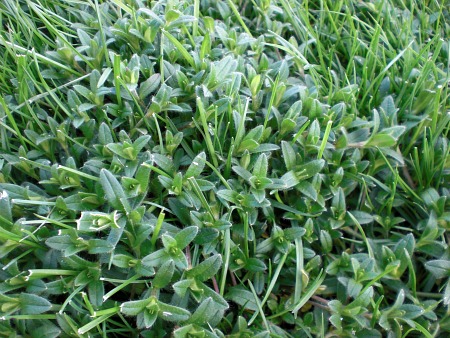
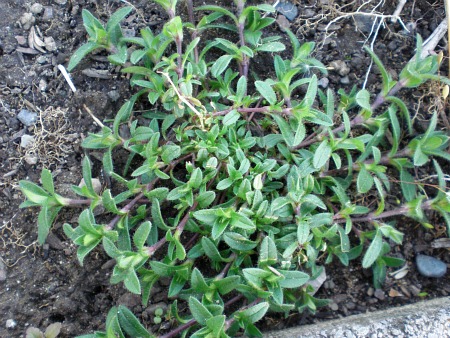
Characteristics:
- Cool-season perennial
- Reproduces by seed & creeping stems
- Small, hairy (pubescent), green leaves
- Shallow roots, but drought tolerant
- Dense mat-forming growth habit
- Indicates moist, compact soils
It has a low spreading growth habit. A shallow root root system and it tolerates drought, wear and low mowing, making it a competitive weed in lawns.
Mouse-ear chickweed, like common chickweed, is edible. It has a spinach-like taste when cooked and is loaded with vitamins.
Like many weeds, chickweed is a heavy seeder that can produce from 10,000 to 15,000 seeds per plant.
The best weed control is always a healthy, well-managed lawn that will not allow weed seeds to germinate and grow. Weed seeds need contact with soil and sunlight to germinate and grow into mature weeds. A dense, vigorous lawn will choke out weed seedlings before they become established.
Want to know what your lawn needs and when to apply it?
Let the turfgrass experts on Sunday take care of the technical stuff.
Have you heard about the Sunday Smart Lawn Plan? It’s simple, do-it-yourself natural lawn care that’s customized to your soil, climate, and lawn. Delivered to you right when you need it. You apply the nutrient packets with the included hose-end sprayer…simple, professional results!
Sunday’s plant and soil nutrient products are made from food waste, seaweed, and molasses. The natural additives stimulate plant growth and activate soil life.
This is Super Environmentally Friendly lawn care!
Lawn Weed ID & Control
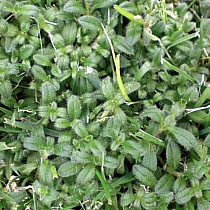
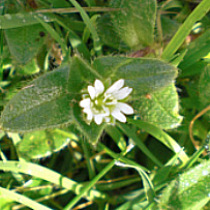
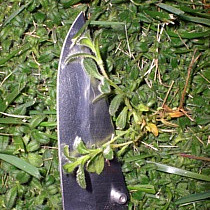
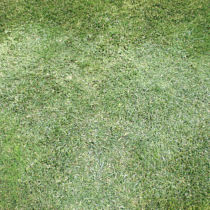
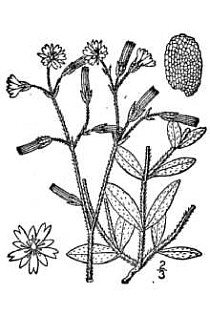
Frequent, shallow watering will favor the growth of chickweed over your lawn grass. Encourage deep roots — and help your lawn out-compete shallow-rooted weeds — by giving it a good, deep soaking two or three times a week.
This is an easy weed to pull. The shallow roots come up easily. However, be sure to remove as much of the roots as possible because they can re-sprout from a small piece.
Pre-emergence herbicides can be applied in the fall to keep weed seeds from sprouting.
Spray broadleaf herbicides in the fall when weeds are actively growing and they are young. Another good reason to control chickweed in the fall is they flower and then produce seeds in the spring. Use a combination product that contains dicamba. 2,4-D alone does not work on this weed.
Post-emergent herbicides labeled for chickweed control in residential lawns
**Be sure to read and follow the directions on the label if you choose to use an herbicide. It is a violation of federal law to use ANY pesticide in a manner that is not consistent with the label**
Weed ID
Small leaves are arranged opposite along the stem. They look like green, hairy mouse ears that are 3/4 to 1 ½ inches long and about ½ inch wide. The hairs give the leaves a grey-green color.
The stems are hairy, spreading and root at the nodes where they touch the soil.
The tiny white flowers appear in the spring. The flowers have five deeply lobed petals – like common chickweed – that look like ten petals.
Roots are shallow and fibrous…easy to pull.
You might like these
Corn Speedwell (Veronica arvensis) is a low-growing winter annual and a common weed problem in thin turf stands and newly seeded lawns. Pictures to help with lawn weed identification and control.
How to identify and manage Common Chickweed (Stellaria media), a winter annual lawn weed. Photos are included to help with weed ID and control. Lawn care tips and advice.
How to identify and manage Henbit (Lamium amplexicaule) a common lawn weed that resembles ground ivy. Purple to pink tubular-shaped flowers that bloom in the spring. Photos are included to help.
